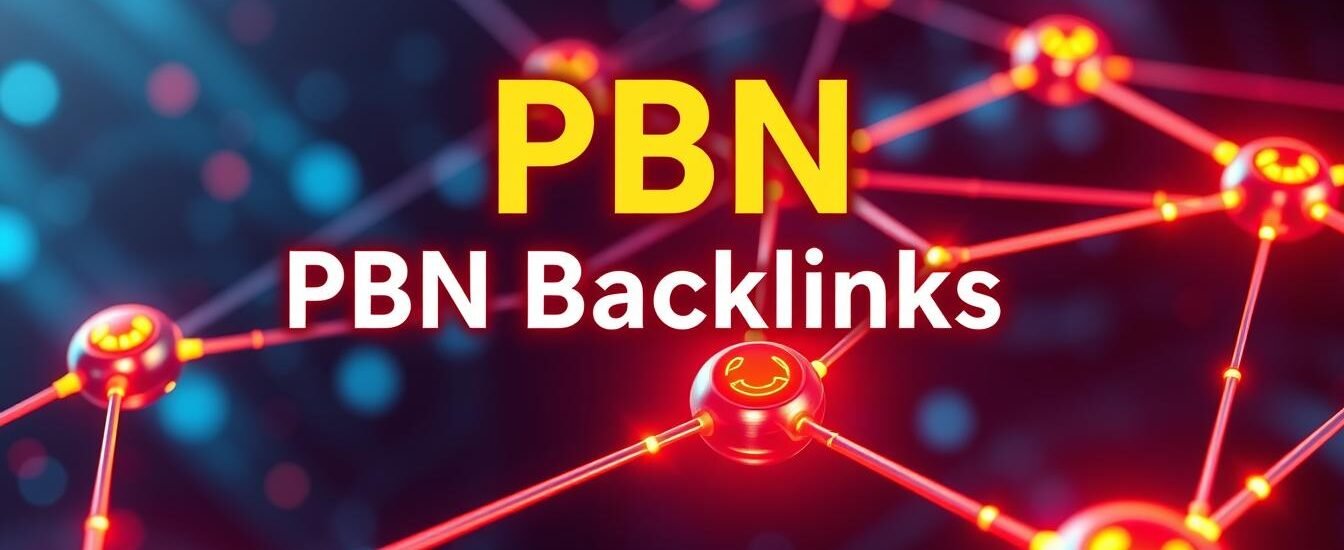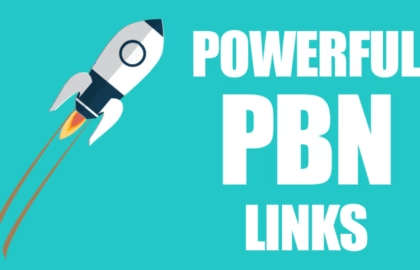PBN Links Private Blog Networks (PBNs) have long been a controversial topic in the world of Search Engine Optimization (SEO). While some digital marketers swear by their effectiveness, others warn about the risks involved, especially considering Google’s guidelines against them. In this comprehensive guide, we will explore what PBN links are, how they work, their benefits and risks, and how to use them (if at all) in a way that minimizes potential downsides.
What Are PBN Links?
PBN links are backlinks obtained from a network of privately owned websites, designed to pass link juice to a target site and improve its search engine rankings. These networks typically consist of expired or auctioned domains with existing authority, repurposed to build backlinks.
Rather than relying on natural link-building strategies, PBN owners have full control over the anchor texts, link placement, and frequency of linking, which makes it an attractive but risky SEO tactic.
How PBN Links Work
- Acquiring Expired Domains: The foundation of a PBN is obtaining expired domains that already have authority, backlinks, and trust signals. These domains are often purchased from auctions or domain marketplaces.
- Setting Up Blogs: After acquiring domains, the next step is setting up blogs that appear natural. This includes adding relevant content, unique designs, and varying hosting providers to avoid footprints.
- Placing Backlinks: Once the blogs are live, links to the target website are strategically placed within articles. These links aim to pass authority and improve search engine rankings.
- Maintaining the Network: A well-maintained PBN ensures that each site remains active, with regular updates and diversified link profiles to avoid detection by Google.
Benefits of PBN Links
Despite the risks, many SEOs continue to use PBNs due to their advantages:
- Control Over Links: Unlike outreach link-building, PBNs allow complete control over anchor texts, URL destinations, and link placements.
- Faster Ranking Results: Unlike organic link-building, which can take months, PBN links often show results quickly.
- Scalability: A well-established PBN can generate a consistent stream of backlinks, helping multiple websites rank faster.
- Cost-Effectiveness in the Long Run: While setting up a PBN requires an initial investment, maintaining and leveraging it can be more cost-effective than purchasing high-quality backlinks.
Risks of Using PBN Links
Despite the benefits, there are substantial risks associated with using PBN links:
1. Google Penalties
Google actively discourages the use of PBNs and frequently updates its algorithms to detect and devalue such links. If your website is caught using PBNs, you may face a manual penalty or a drop in rankings.
2. Deindexing of PBN Sites
Google can detect PBN footprints, leading to the deindexing of your network’s websites. If the PBN sites get deindexed, all the backlinks pointing to your money site will lose value, affecting your rankings.
3. High Maintenance Costs
Managing a PBN requires constant effort, including content creation, hosting costs, IP diversification, and regular updates to keep it under Google’s radar.
4. Short-Term Gains vs. Long-Term Stability
While PBN links may offer quick ranking boosts, the long-term sustainability of such tactics is questionable. If Google detects your PBN, your entire SEO strategy could collapse overnight.
Best Practices for Using PBN Links Safely
If you still decide to use PBNs despite the risks, here are some best practices to reduce detection and penalties:
1. Diversify Hosting and IPs
Avoid hosting all PBN sites on the same server. Use different hosting providers, IP addresses, and domain registrars to minimize footprints.
2. Use Unique, High-Quality Content
Ensure each PBN site has unique, valuable, and regularly updated content to make it appear natural.
3. Randomize Link Placement
Avoid placing links in a predictable pattern. Use different anchor texts, link to authority sites, and mix do-follow and no-follow links.
4. Limit the Number of Links
Don’t link excessively from PBN sites to your money site. Instead, maintain a diverse backlink profile with a mix of organic and authority site links.
5. Avoid Interlinking PBN Sites
Never link PBN sites to one another, as this creates an obvious footprint that Google can detect.
Alternatives to PBNs
If you want a safer long-term SEO strategy, consider these alternatives:
1. Guest Posting
Writing articles for authority websites in your niche can help you earn high-quality backlinks naturally.
2. Broken Link Building
Finding broken links on high-authority sites and suggesting your link as a replacement is a legitimate and effective SEO tactic.
3. Outreach and Relationship Building
Building relationships with industry influencers, bloggers, and journalists can help you secure natural backlinks over time.
4. Content Marketing
Creating high-quality, shareable content that attracts backlinks organically is one of the best ways to build a sustainable SEO strategy.
Conclusion
PBN links remain a powerful but risky SEO tactic. While they can provide quick ranking boosts, they also come with the danger of Google penalties and long-term instability. If you choose to use PBNs, follow best practices to minimize risks. However, for long-term success, focusing on white-hat SEO strategies like content marketing and relationship-based link-building is a much safer and more sustainable approach.
In the ever-changing landscape of SEO, staying ahead requires balancing risk and reward. Understanding PBN links, their benefits, and their risks will help you make an informed decision on whether they fit your digital marketing strategy.






